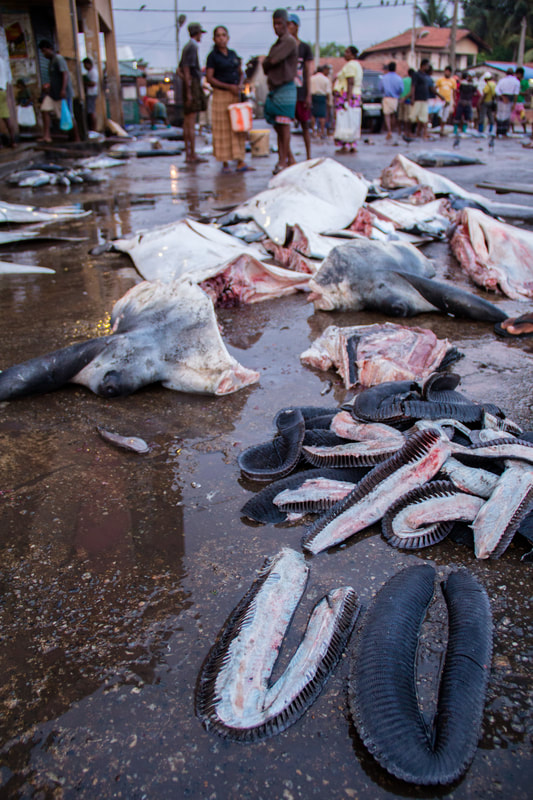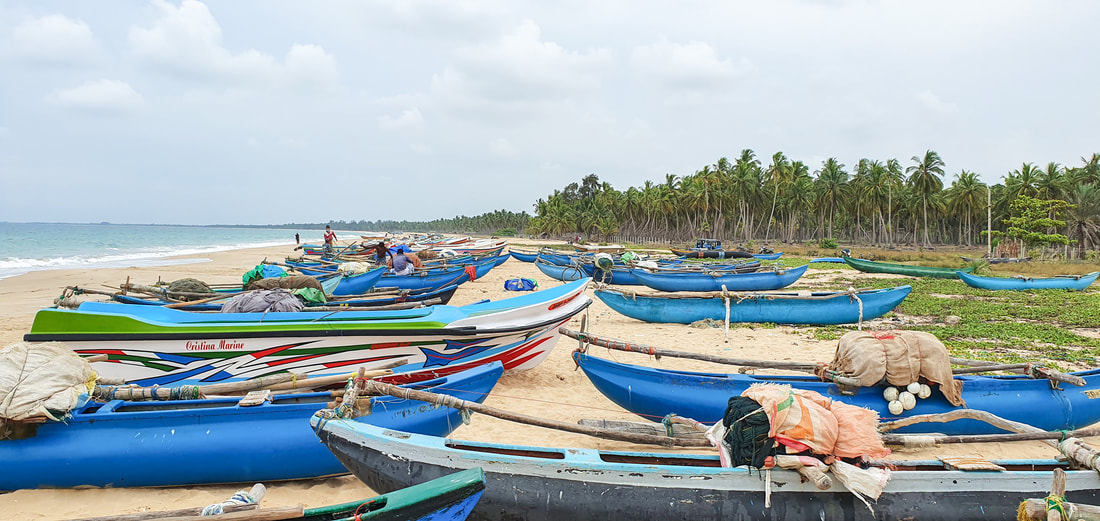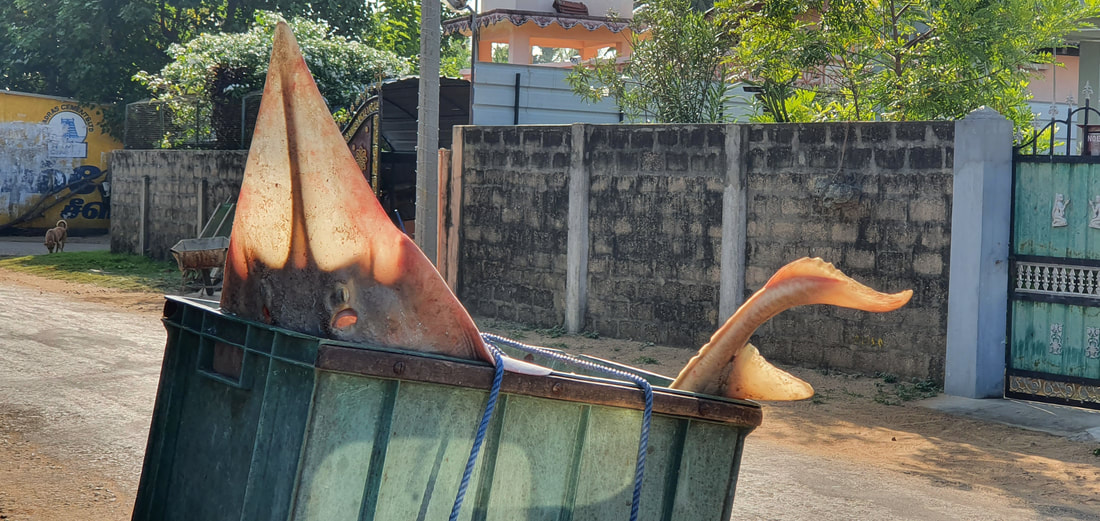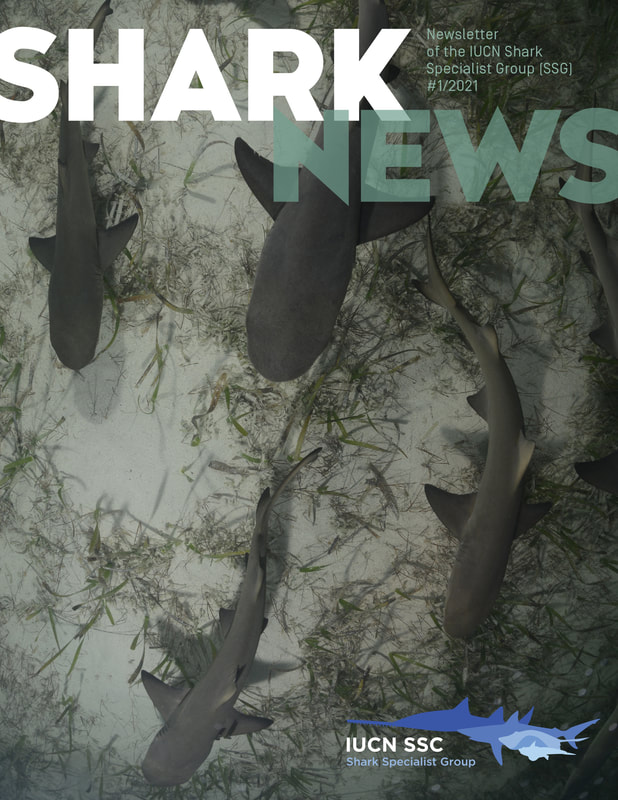|
Region Update | Indian Ocean
BRT is a not-for-profit marine research and conservation organisation based in Sri Lanka. It has expanded rapidly since its conception in 2016, creating long-term datasets to monitor elasmobranch fisheries and coral reef health and using data to inform scientifically sound international, regional, and national policy. It also operates the only private, open-access marine research station in the country. This provides a platform to expand science in the Indian Ocean and has opened the door for capacity building through opportunities for young, early-career scientists, primarily through the BRT Research Internship and Scholarship Program. This program is helping build a strong conservation foundation for the coming decades. BRT also engages in multiple national and international collaborations with universities and even government agencies. Such partnerships have helped foster an environment where knowledge, expertise, and technical capacity can be exchanged. And it is under the BRT Fisheries Programme that the Sri Lanka Elasmobranch Project (SLEP) operates. This project was initiated back in 2010 in partnership with the Manta Trust as the Sri Lanka Mobulid Ray Project. However, in 2017, having attended an IUCN SSG regional Red List workshop in Abu Dhabi, it was pretty apparent there was a big gap in data from other non-mobulid species from Sri Lanka. Therefore, partly thanks to inspiration from the IUCN SSG, this project was expanded to encompass all sharks and rays! BRT-SLEP is now undertaking the first and only long-term and systematic study of all sharks, rays, and chimaeras in Sri Lanka. To recommend management that will halt current population declines, enable recovery, and encourage sustainable fisheries, we collect data on species diversity, population size and structure, life history parameters (e.g., age and growth), feeding ecology, and work on identifying critical habitats and species range. And our long-term monitoring enables us to evaluate trends and any impacts of management. This project has also established the first private elasmobranch specimen collection in Sri Lanka and already includes one designated paratype, several voucher specimens, and over 5,000 tissue samples, all of which are made available for collaborations. Preliminary data from 67 landing sites (30 towns across the island) and over 24,000 specimens have revealed 99 species. According to the IUCN Red List, the specimens comprise 10% Critically Endangered, 28% Endangered, and 39% Vulnerable. Landings also include ten Convention on International Trade in Endangered Species of Flora and Fauna (CITES) Appendix II species, comprising over 24% of the total catch, and seven species listed on Convention on the Conservation of Migratory Species of Wild Animals (CMS) Appendix I comprising 11% of total catch; the latter species should be fully protected. Our species count also includes ten that were not previously recorded in the country and five species potentially new to science, with the need to resurrect another possibly. All this highlights Sri Lanka's high marine biodiversity, together with the challenges of trying to conserve the unknown species. And with a significant proportion of the 21.4 million inhabitants in Sri Lanka living along the coastline, an Exclusive Economic Zone (EEZ) around eight times the area of our terrestrial surface, there is a considerable reliance upon marine resources. Fish contributes 50% of the total annual protein consumed, and products, including shark fins and meat, generate revenue. Therefore, regulations that restrict fisheries in any form are often discouraged by national policymakers. However, growing awareness of the need to improve elasmobranch management and some small but positive steps provides a glimmer of hope for the future. And as BRT continues to expand, the next phase includes establishing Sri Lanka's first marine genetic laboratory to conduct species barcoding. This will increase capacity-building opportunities while enhancing our database's quality and enabling stakeholders such as monitoring and enforcement agencies to use our facilities for identification. With genetic tools to improve compliance and long-term data to support decision-making, the introduction of practical and effective fisheries management can be strongly encouraged and will hopefully provide sharks, rays, and chimaeras with a more positive future.
Comments are closed.
|
Archives
May 2024
Categories
All
|





